A new string of malware has been spotted by security researchers to affect Skype users. Complaints have risen that the virus uses goo(.)gl spamming URLs to redirect to file-sharing sites which may contain its malicious payload. All users who have clicked on the malicious link should immediately check their computer for malware, instructions for which are provided after this article.

Threat Summary
| Name | Goo(.)gl Skype Malware |
| Type | Spamming Malware |
| Short Description | The malware may spam from the user’s Skype and other social networking software, download malicious files onto the user PC and connect to a C&C server. |
| Symptoms | The user may witness PC slowdowns as well as the skype frends reporting suspicious messages that he/she doesnt remember saying. |
| Distribution Method | Via Goo(.)gl URLs. |
| Detection Tool |
See If Your System Has Been Affected by malware
Download
Malware Removal Tool
|
| User Experience | Join Our Forum to Discuss Goo(.)gl Skype Malware. |

Goo(.)gl Spamming Malware – Update February 2018
The malicious campaigns that deliver nasty goo(.)gl spamming URLs in Skype are still active. Users on various forums report to receive strange messages from their Skype friends. The messages usually contain pictures and shortened goo(.)gl links. When clicked these spamming URLs land on suspicious web pages that offer a download of a malicious file. Once such data is saved on the system, it can cause severe malware infection or serve as a gate for one. Be advised to avoid following these links if you want to keep your system secure. In case that your curiosity made you visit the compromised link make sure to run a scan with an advanced anti-malware tool as the malware may have unnoticeably sneaked into the system.

Goo(.)gl Spamming Malware – How Did I Get It?
The Skype malware distributes in a very cunning and clever way. Initially, the malware was distributed via a web link using goo(.)gl services, such as the following one along with a message:
- “[skype.user]: haha you wouldn’t believe it https://goo(.)gl/lLGdM?foto=user”
The web link then redirects to a 4shared, hotfile or other file-sharing services:
- https://e.4shared(.)com/linkerror.jsp?ed=63617573653d333034666e756c6c5f6f725f64656c
After redirecting to it, the link may download a .Zip or another type of file containing the same spamming bot malware. Symantec researchers have reported two main malware pieces associated with goo(.)gl:
- W32.IRCBot.NG
- W32.Phopifas
After the malicious bot has been downloaded and activated onto the affected computer, it immediately connects to a C&C (Command and Control) server.
After connecting to the server the malware may download other viruses such as:
- Trojans.
- Ransomware.
- Adware.
- Spam Bots.
- Rootkits.
- Botnet kits.
Usually, attacks of this character use obfuscators and the malware may remain for longer times on infected computers. Its main secret is using reputable services to spread its malicious files and using affected users to spread spam messages to people in their contact list on Skype. Because, who wouldn’t open a web link from their buddy, right?
Cyber-criminals have become increasingly smarter in their methods of infecting Skype users. Examples for this are new viruses based on cunning spam techniques, like:
- My Secret Video Facebook Spam
- Fake Facebook Emails Distribute the Nivdort Trojan
- Facebook Virus Posting from Your Profile

Remove Goo(.)gl Skype Spamming Virus
In case you have been affected by this malware, it is strongly advisable to isolate it and remove it using the methodological steps provided below. In addition to that we also advise you to disconnect your computer from the internet while scanning since this will break any active connection with C&C servers.
Note! Substantial notification about the Goo(.)gl Skype Malware threat: Manual removal of Goo(.)gl Skype Malware requires interference with system files and registries. Thus, it can cause damage to your PC. Even if your computer skills are not at a professional level, don’t worry. You can do the removal yourself just in 5 minutes, using a malware removal tool.
Since it is nearly impossible to stay ahead of what you do not know, users are highly advised to keep up with the latest methods of infection and follow these simple protection tips:
- Make sure to use additional firewall protection. Downloading a second firewall (like ZoneAlarm, for example) is an excellent solution for any potential intrusions.
- Make sure that your programs have less administrative power over what they read and write on your computer. Make them prompt you admin access before starting.
- Use stronger passwords. Stronger passwords (preferably ones that are not words) are harder to crack by several methods, including brute forcing since it includes pass lists with relevant words.
- Turn off AutoPlay. This protects your computer from malicious executable files on USB sticks or other external memory carriers that are immediately inserted into it.
- Disable File Sharing – it is recommended if you need file sharing between your computer to password protect it to restrict the threat only to yourself if infected.
- Switch off any remote services – this can be devastating for business networks since it can cause a lot of damage on a massive scale.
- If you see a service or a process that is external and not Windows critical and is being exploited by hackers (Like Flash Player) disable it until there is an update that fixes the exploit.
- Make sure always to update the critical security patches for your software and OS.
- Configure your mail server to block out and delete suspicious file attachment containing emails.
- If you have a compromised computer in your network, make sure to isolate immediately it by powering it off and disconnecting it by hand from the network.
- Make sure to educate all of the users on the network never to open suspicious file attachments, show them examples.
- Employ a virus-scanning extension in your browser that will scan all the downloaded files on your computer.
- Turn off any non-needed wireless services, like Infrared ports or Bluetooth – hackers love to use them to exploit devices. In case you use Bluetooth, make sure that you monitor all of the unauthorized devices that prompt you to pair with them and decline and investigate any suspicious ones.
- Employ a virus-scanning extension in your browser that will scan all the downloaded files on your computer.
- Employ a powerful anti-malware solution to protect yourself from any future threats automatically.
Preparation before removing Goo(.)gl Skype Malware.
Before starting the actual removal process, we recommend that you do the following preparation steps.
- Make sure you have these instructions always open and in front of your eyes.
- Do a backup of all of your files, even if they could be damaged. You should back up your data with a cloud backup solution and insure your files against any type of loss, even from the most severe threats.
- Be patient as this could take a while.
- Scan for Malware
- Fix Registries
- Remove Virus Files
Step 1: Scan for Goo(.)gl Skype Malware with SpyHunter Anti-Malware Tool
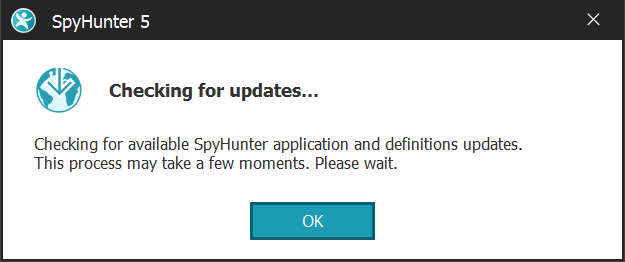
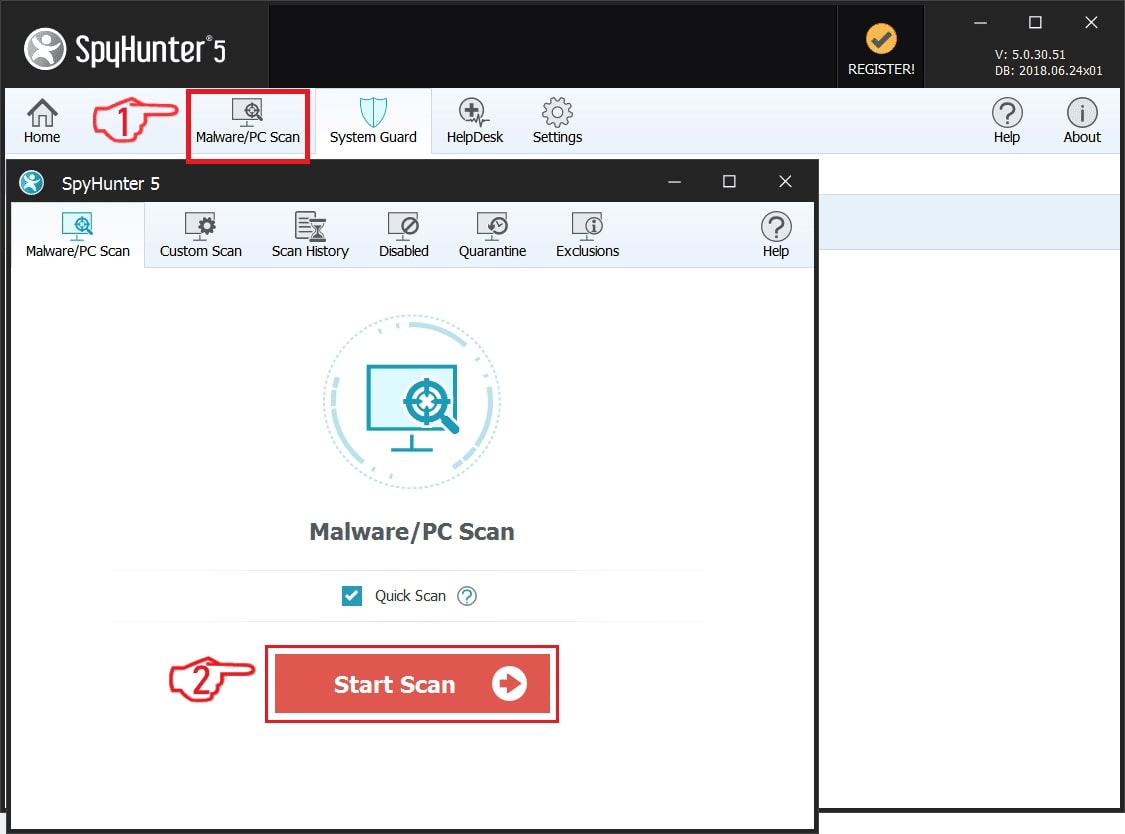
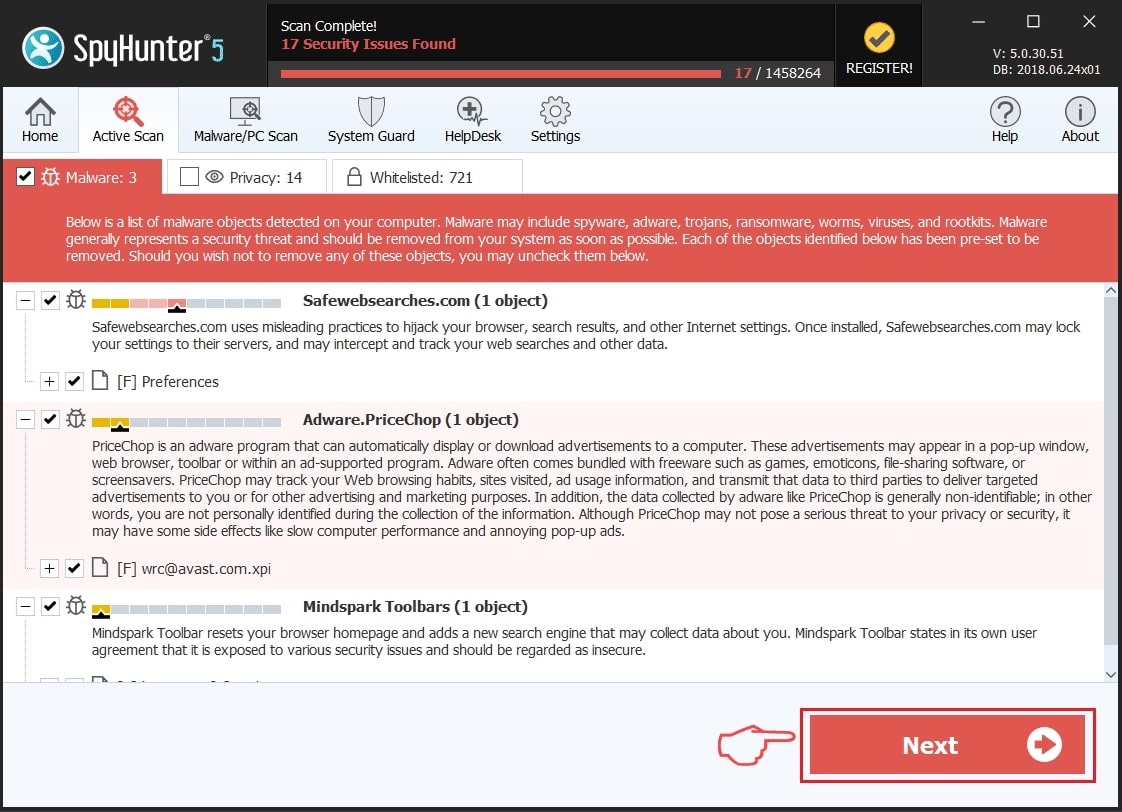
Step 2: Clean any registries, created by Goo(.)gl Skype Malware on your computer.
The usually targeted registries of Windows machines are the following:
- HKEY_LOCAL_MACHINE\Software\Microsoft\Windows\CurrentVersion\Run
- HKEY_CURRENT_USER\Software\Microsoft\Windows\CurrentVersion\Run
- HKEY_LOCAL_MACHINE\Software\Microsoft\Windows\CurrentVersion\RunOnce
- HKEY_CURRENT_USER\Software\Microsoft\Windows\CurrentVersion\RunOnce
You can access them by opening the Windows registry editor and deleting any values, created by Goo(.)gl Skype Malware there. This can happen by following the steps underneath:
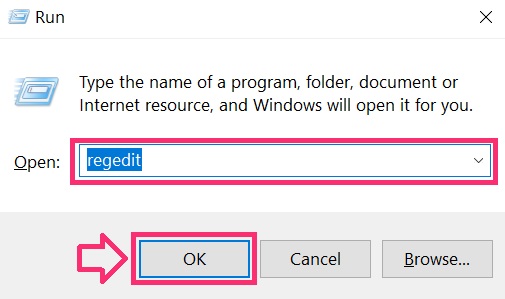

 Tip: To find a virus-created value, you can right-click on it and click "Modify" to see which file it is set to run. If this is the virus file location, remove the value.
Tip: To find a virus-created value, you can right-click on it and click "Modify" to see which file it is set to run. If this is the virus file location, remove the value.Step 3: Find virus files created by Goo(.)gl Skype Malware on your PC.
1.For Windows 8, 8.1 and 10.
For Newer Windows Operating Systems
1: On your keyboard press + R and write explorer.exe in the Run text box and then click on the Ok button.
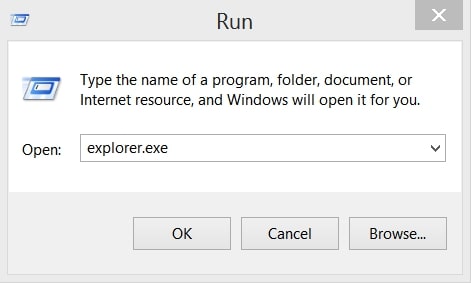
2: Click on your PC from the quick access bar. This is usually an icon with a monitor and its name is either “My Computer”, “My PC” or “This PC” or whatever you have named it.
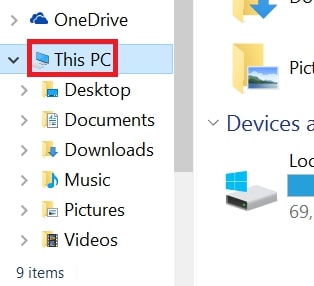
3: Navigate to the search box in the top-right of your PC's screen and type “fileextension:” and after which type the file extension. If you are looking for malicious executables, an example may be "fileextension:exe". After doing that, leave a space and type the file name you believe the malware has created. Here is how it may appear if your file has been found:
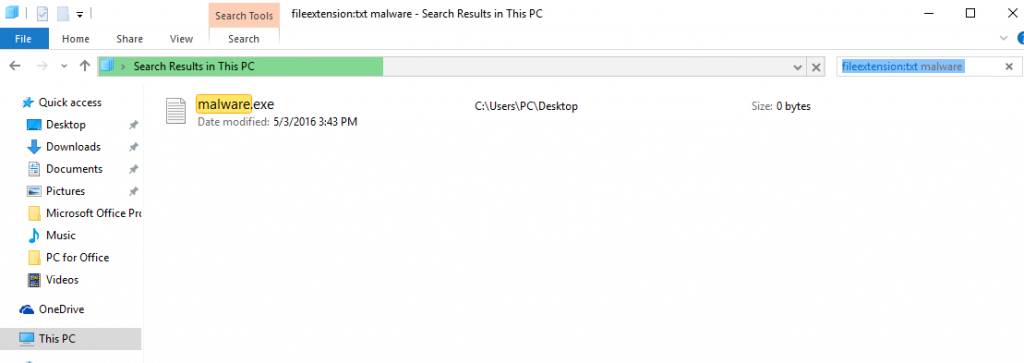
N.B. We recommend to wait for the green loading bar in the navigation box to fill up in case the PC is looking for the file and hasn't found it yet.
2.For Windows XP, Vista, and 7.
For Older Windows Operating Systems
In older Windows OS's the conventional approach should be the effective one:
1: Click on the Start Menu icon (usually on your bottom-left) and then choose the Search preference.
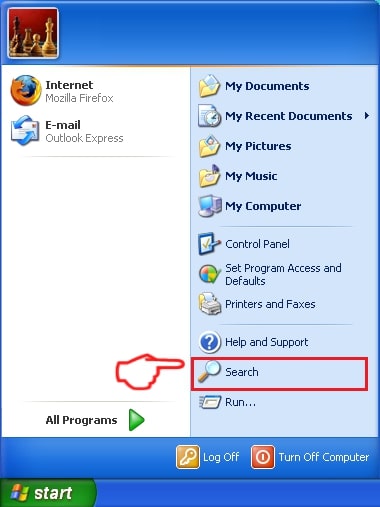
2: After the search window appears, choose More Advanced Options from the search assistant box. Another way is by clicking on All Files and Folders.
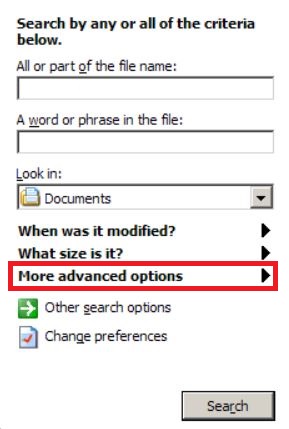
3: After that type the name of the file you are looking for and click on the Search button. This might take some time after which results will appear. If you have found the malicious file, you may copy or open its location by right-clicking on it.
Now you should be able to discover any file on Windows as long as it is on your hard drive and is not concealed via special software.
Goo(.)gl Skype Malware FAQ
What Does Goo(.)gl Skype Malware Trojan Do?
The Goo(.)gl Skype Malware Trojan is a malicious computer program designed to disrupt, damage, or gain unauthorized access to a computer system. It can be used to steal sensitive data, gain control over a system, or launch other malicious activities.
Can Trojans Steal Passwords?
Yes, Trojans, like Goo(.)gl Skype Malware, can steal passwords. These malicious programs are designed to gain access to a user's computer, spy on victims and steal sensitive information such as banking details and passwords.
Can Goo(.)gl Skype Malware Trojan Hide Itself?
Yes, it can. A Trojan can use various techniques to mask itself, including rootkits, encryption, and obfuscation, to hide from security scanners and evade detection.
Can a Trojan be Removed by Factory Reset?
Yes, a Trojan can be removed by factory resetting your device. This is because it will restore the device to its original state, eliminating any malicious software that may have been installed. Bear in mind that there are more sophisticated Trojans that leave backdoors and reinfect even after a factory reset.
Can Goo(.)gl Skype Malware Trojan Infect WiFi?
Yes, it is possible for a Trojan to infect WiFi networks. When a user connects to the infected network, the Trojan can spread to other connected devices and can access sensitive information on the network.
Can Trojans Be Deleted?
Yes, Trojans can be deleted. This is typically done by running a powerful anti-virus or anti-malware program that is designed to detect and remove malicious files. In some cases, manual deletion of the Trojan may also be necessary.
Can Trojans Steal Files?
Yes, Trojans can steal files if they are installed on a computer. This is done by allowing the malware author or user to gain access to the computer and then steal the files stored on it.
Which Anti-Malware Can Remove Trojans?
Anti-malware programs such as SpyHunter are capable of scanning for and removing Trojans from your computer. It is important to keep your anti-malware up to date and regularly scan your system for any malicious software.
Can Trojans Infect USB?
Yes, Trojans can infect USB devices. USB Trojans typically spread through malicious files downloaded from the internet or shared via email, allowing the hacker to gain access to a user's confidential data.
About the Goo(.)gl Skype Malware Research
The content we publish on SensorsTechForum.com, this Goo(.)gl Skype Malware how-to removal guide included, is the outcome of extensive research, hard work and our team’s devotion to help you remove the specific trojan problem.
How did we conduct the research on Goo(.)gl Skype Malware?
Please note that our research is based on an independent investigation. We are in contact with independent security researchers, thanks to which we receive daily updates on the latest malware definitions, including the various types of trojans (backdoor, downloader, infostealer, ransom, etc.)
Furthermore, the research behind the Goo(.)gl Skype Malware threat is backed with VirusTotal.
To better understand the threat posed by trojans, please refer to the following articles which provide knowledgeable details.



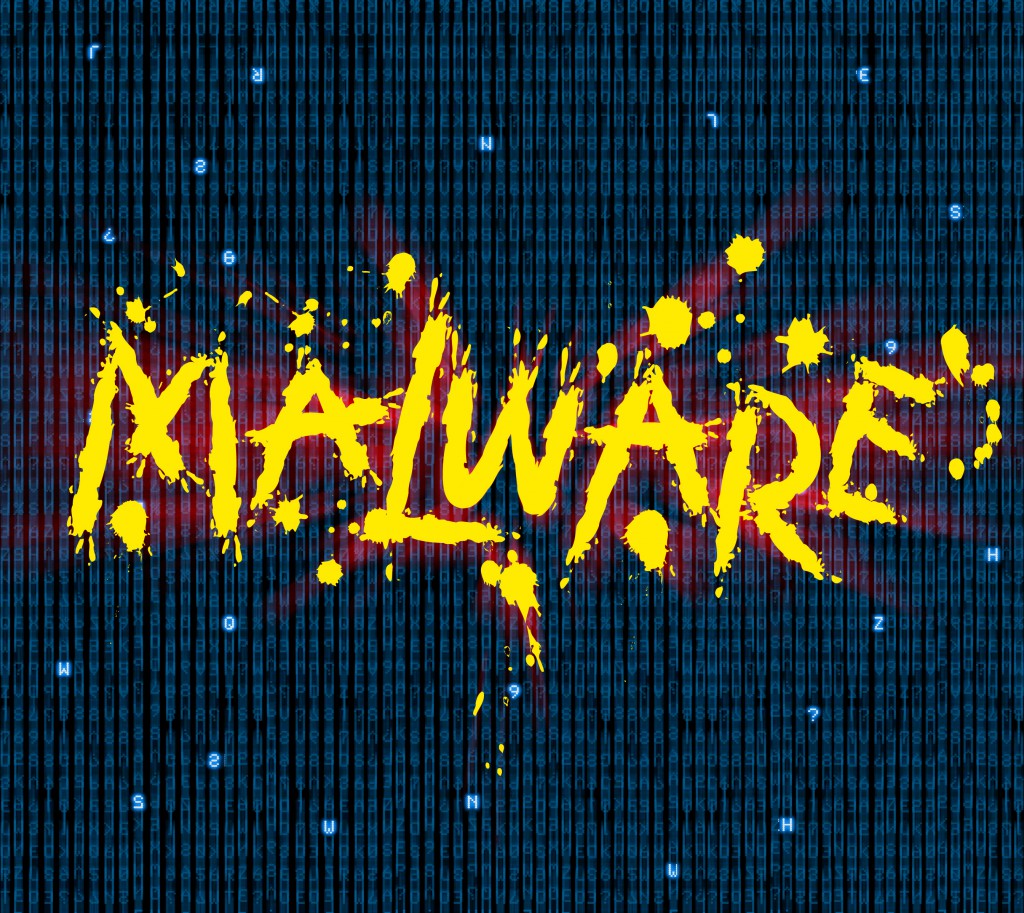
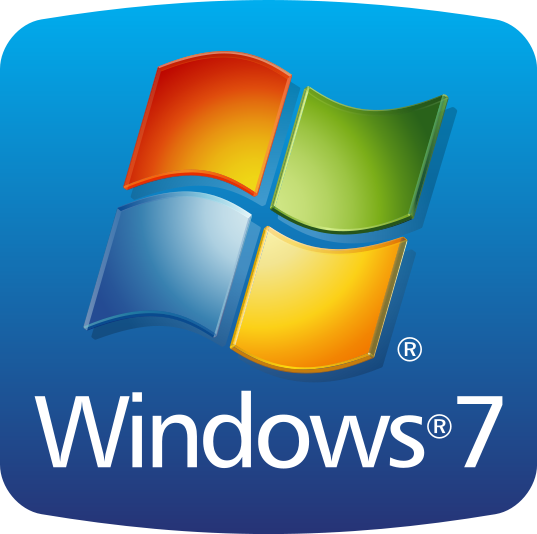 1. For Windows 7,XP and Vista.
1. For Windows 7,XP and Vista.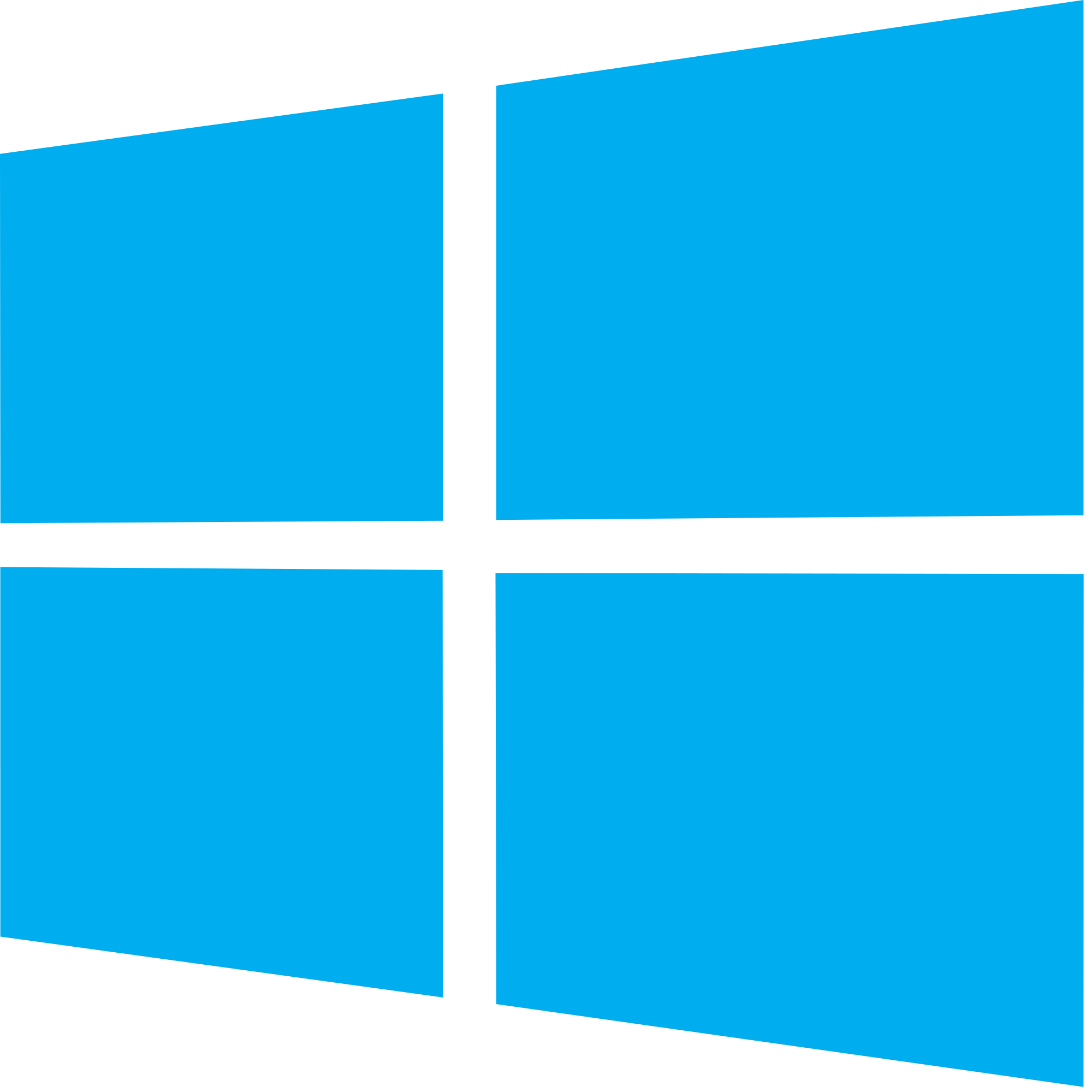 2. For Windows 8, 8.1 and 10.
2. For Windows 8, 8.1 and 10.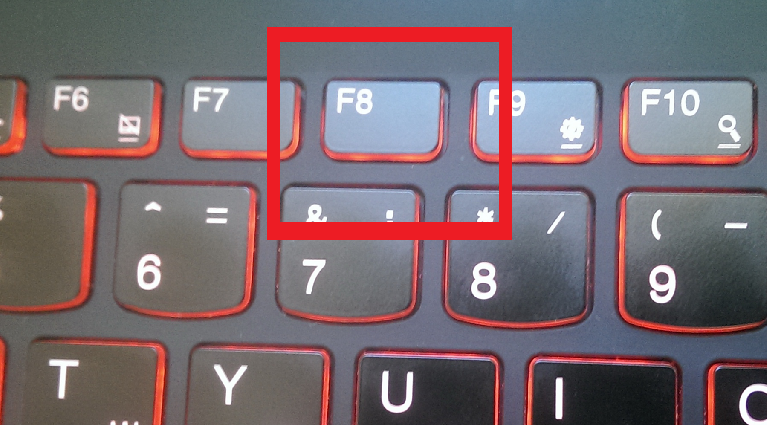
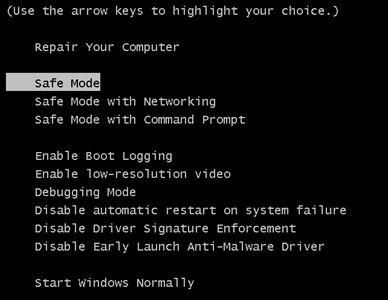
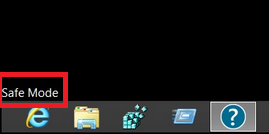
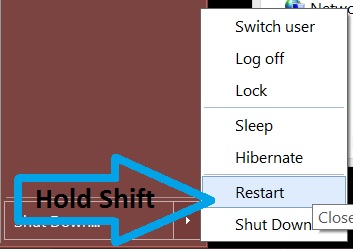
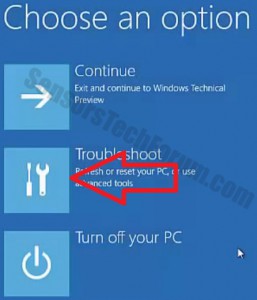
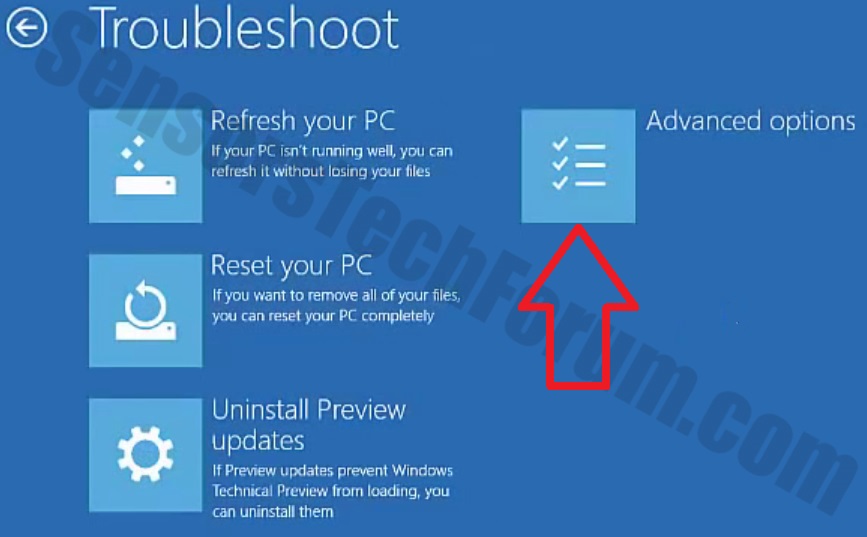
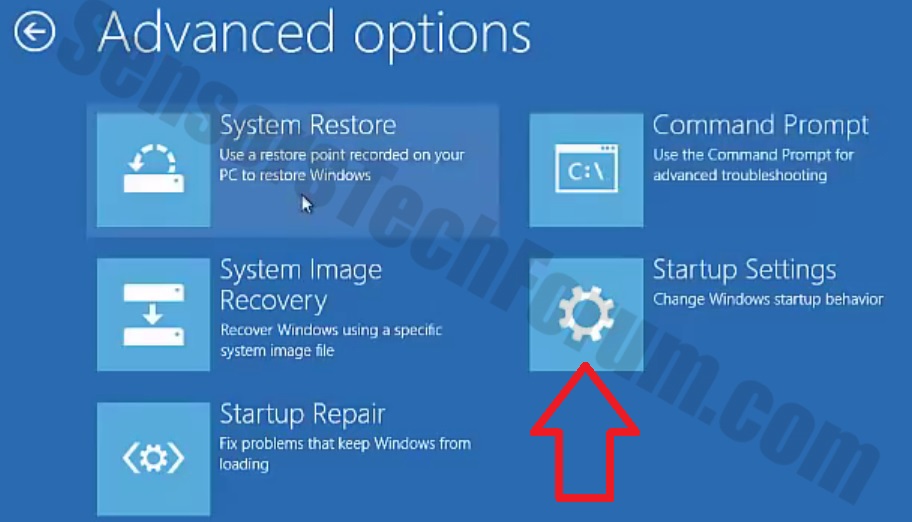
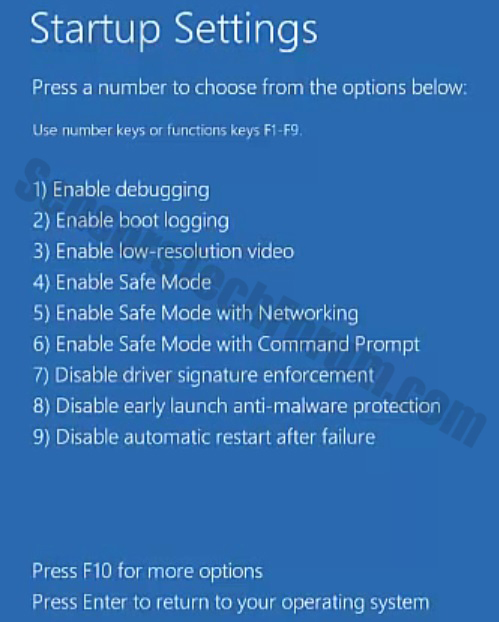
 1. Install SpyHunter to scan for and remove Goo(.)gl Skype Malware.
1. Install SpyHunter to scan for and remove Goo(.)gl Skype Malware.

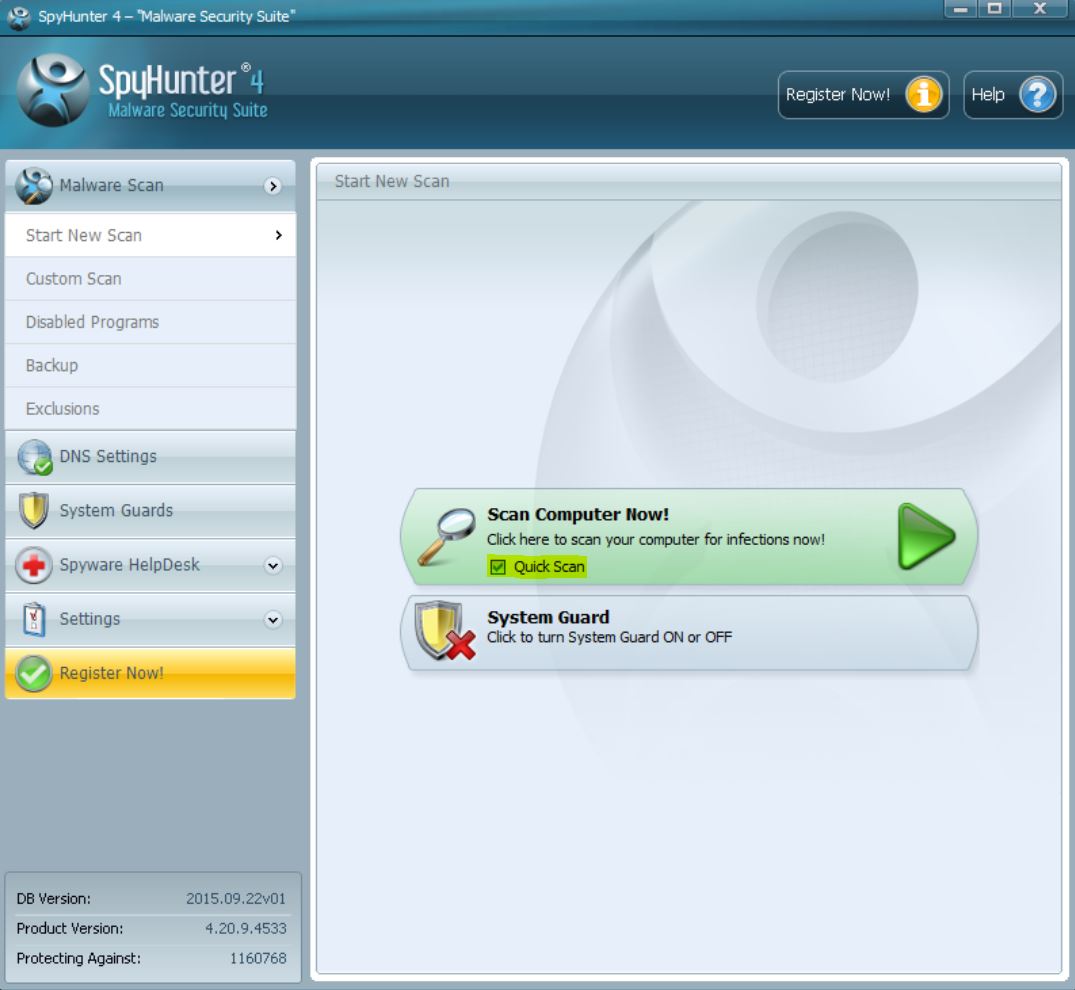
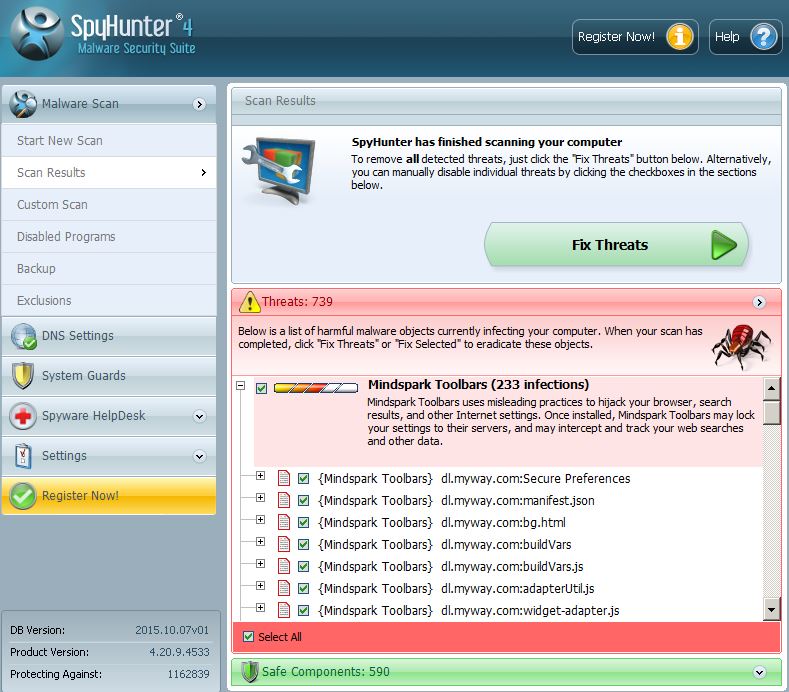
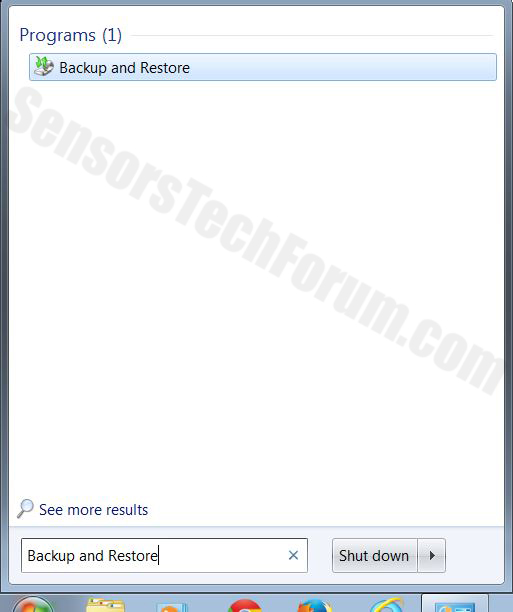
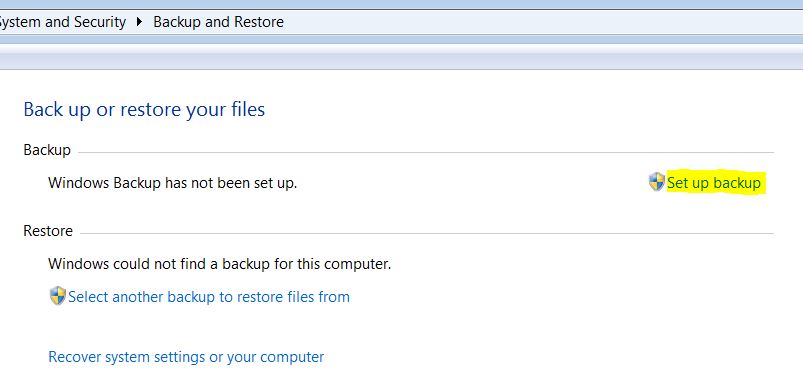
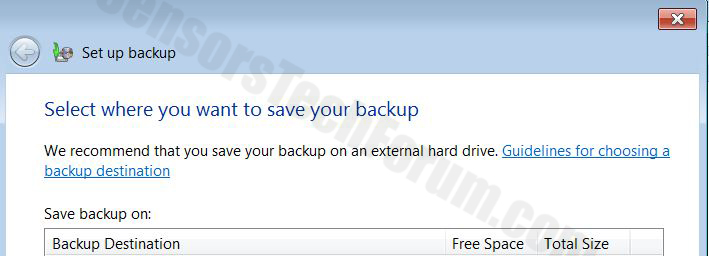
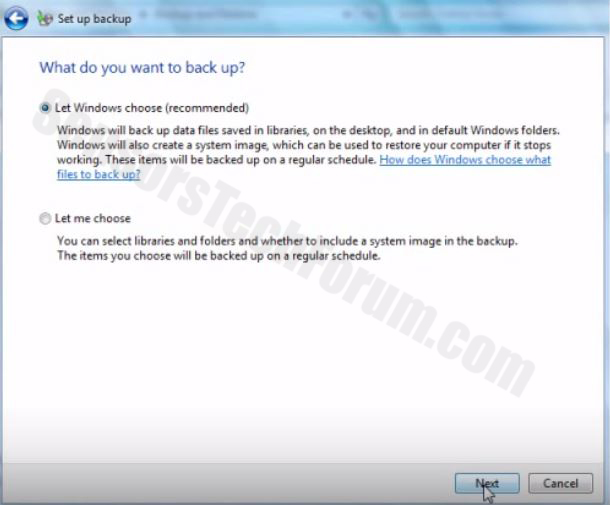
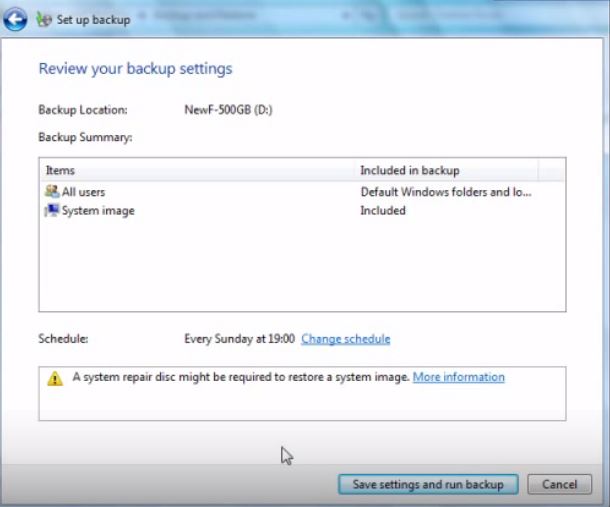
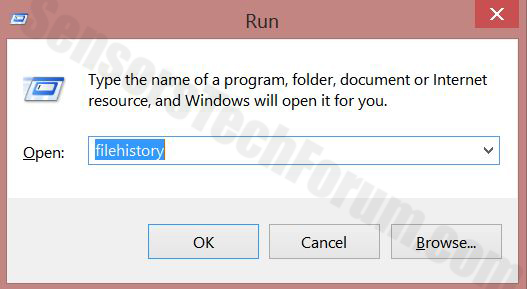
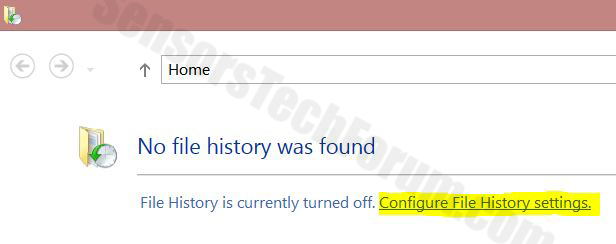
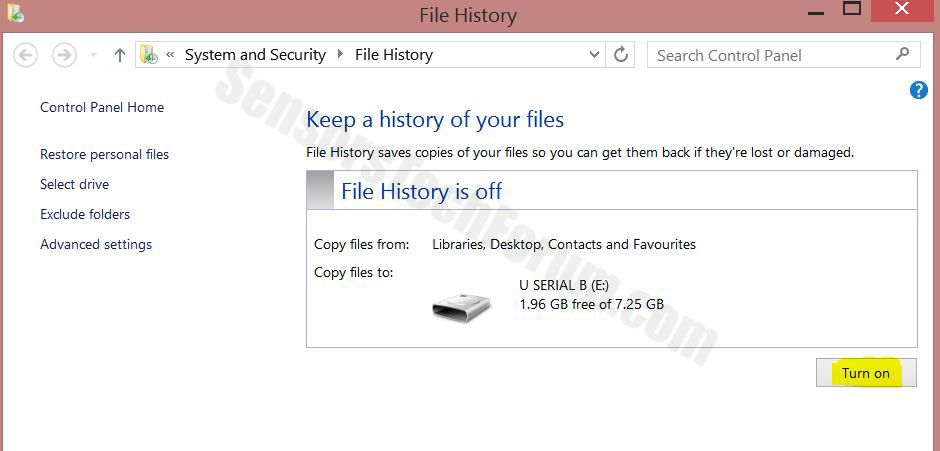
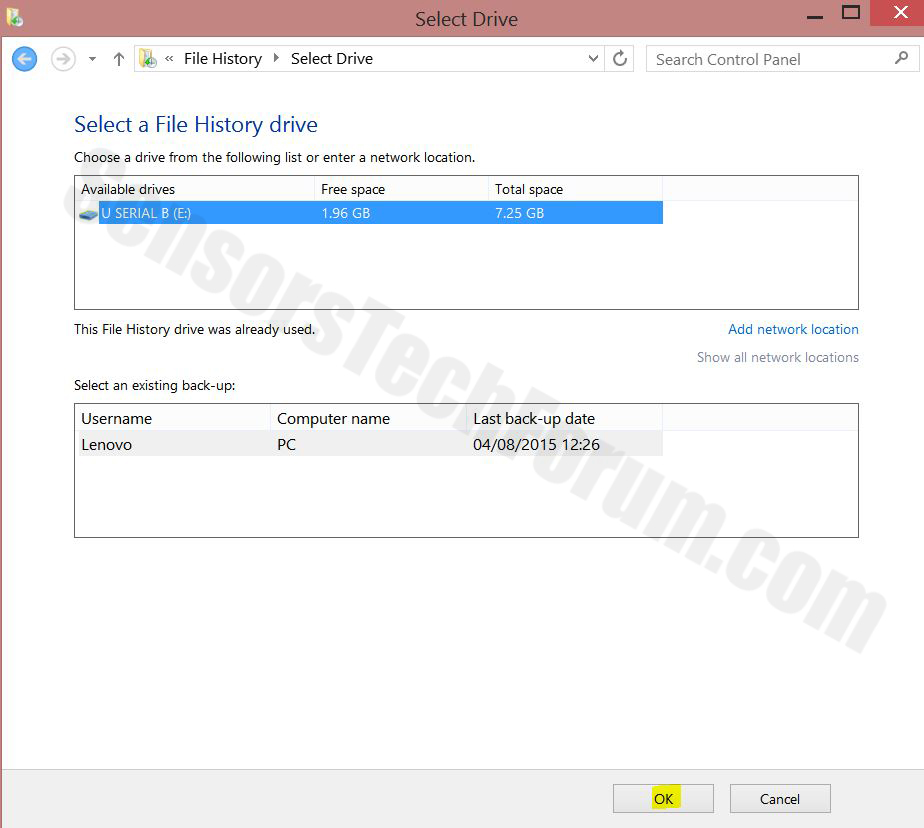
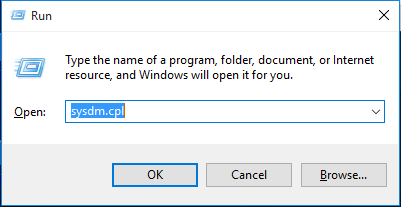
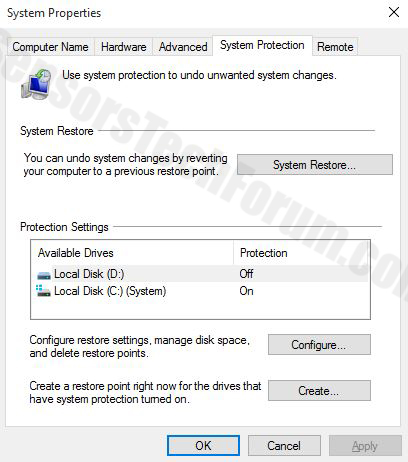
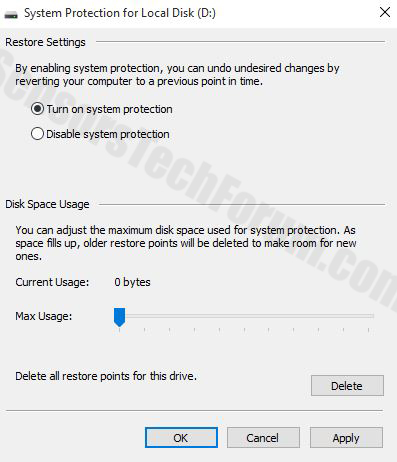
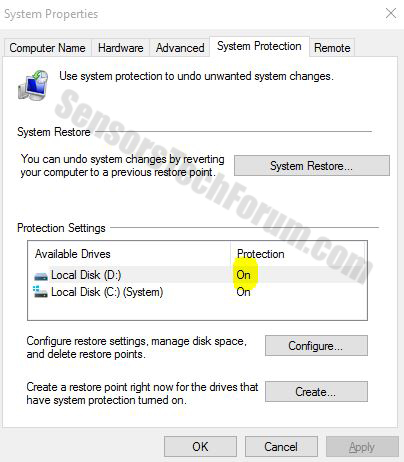
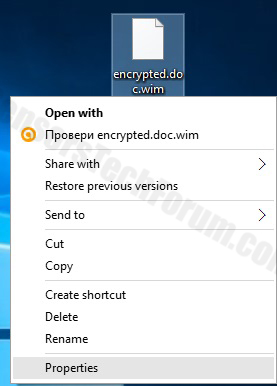
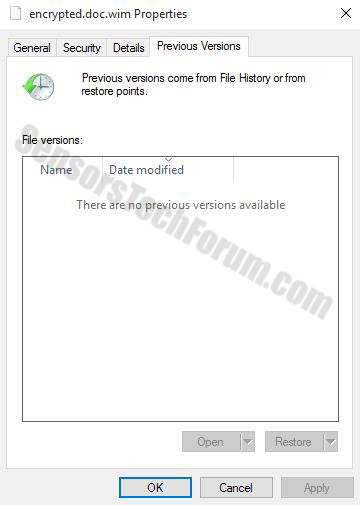
 Malwarebytes Anti-Malware
Malwarebytes Anti-Malware STOPZilla Anti Malware
STOPZilla Anti Malware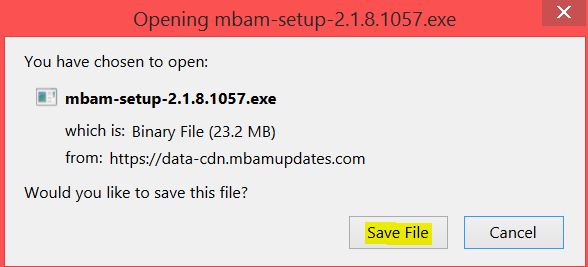

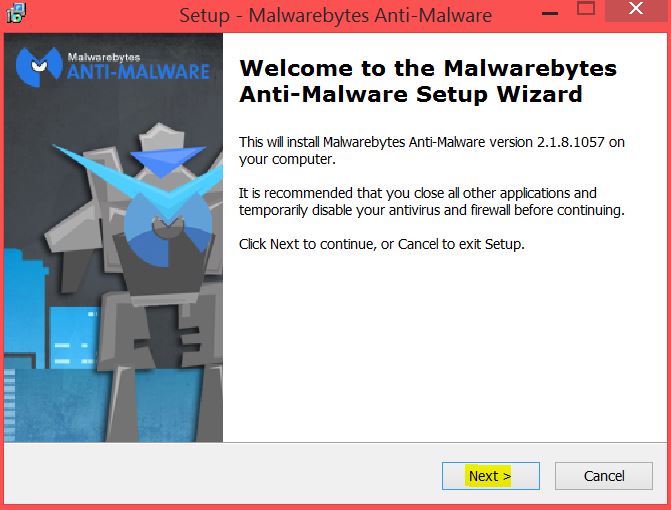
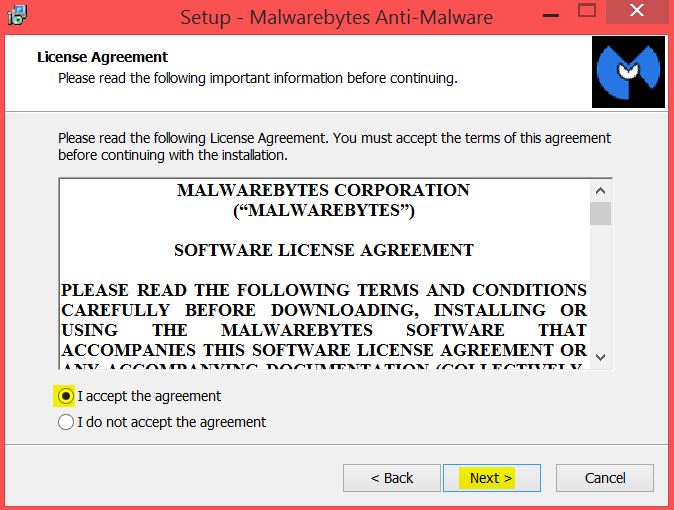
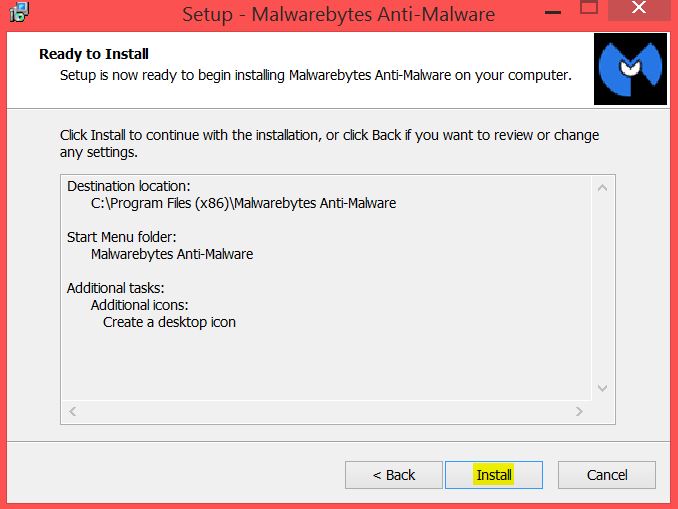
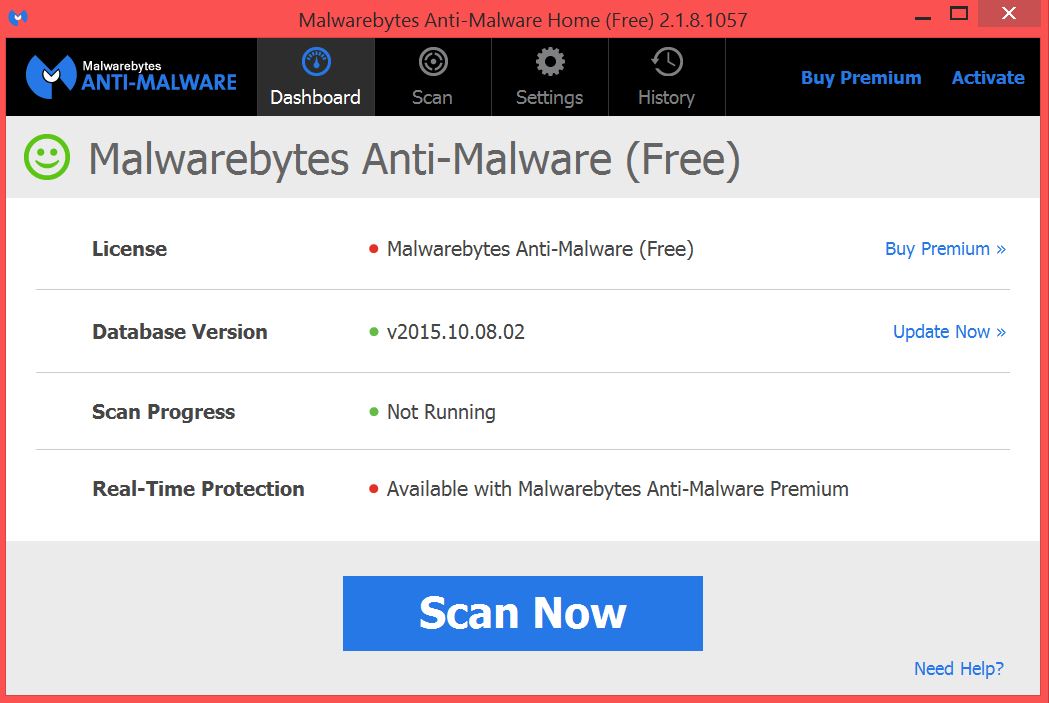
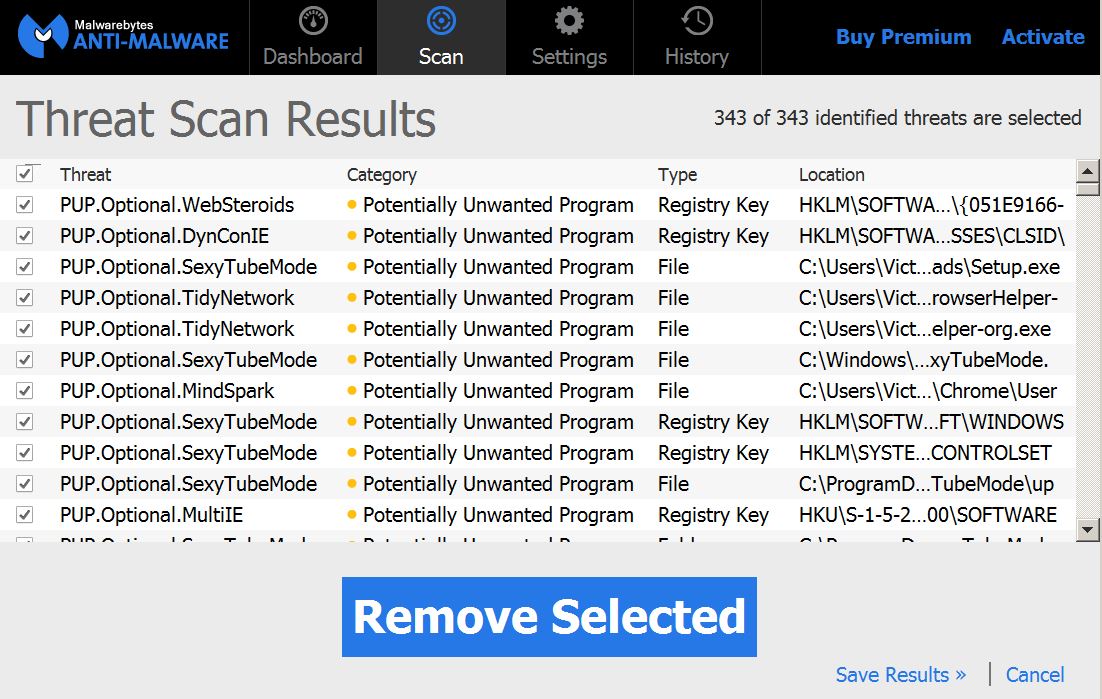
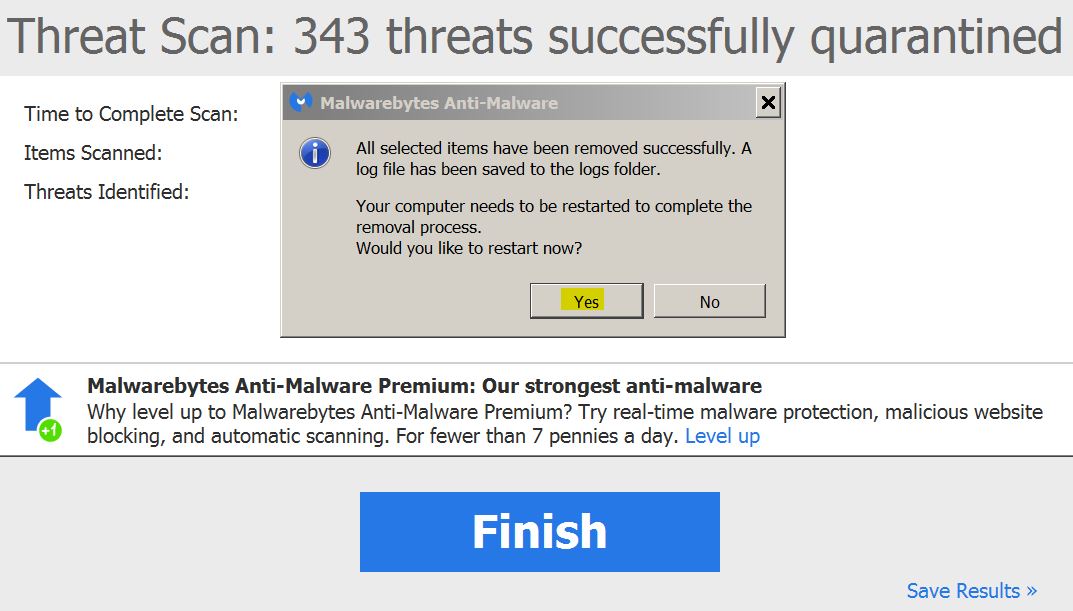
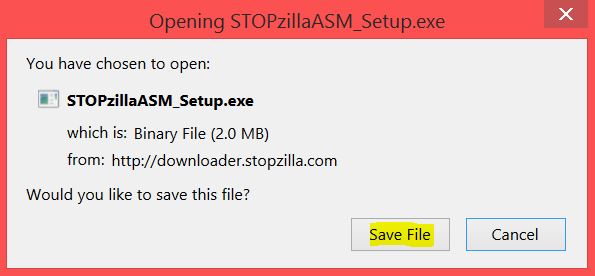
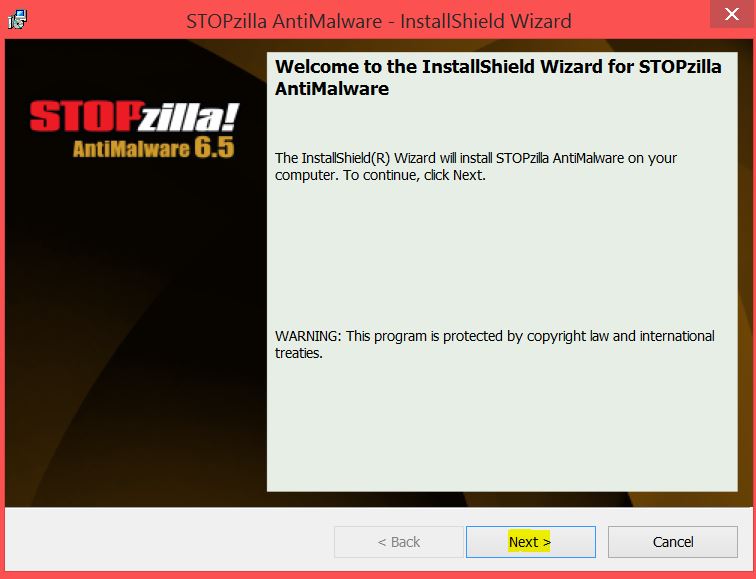
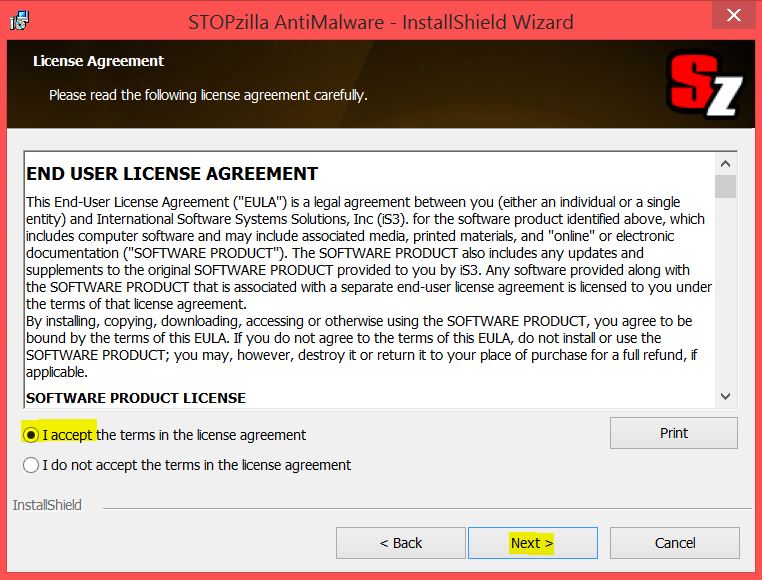
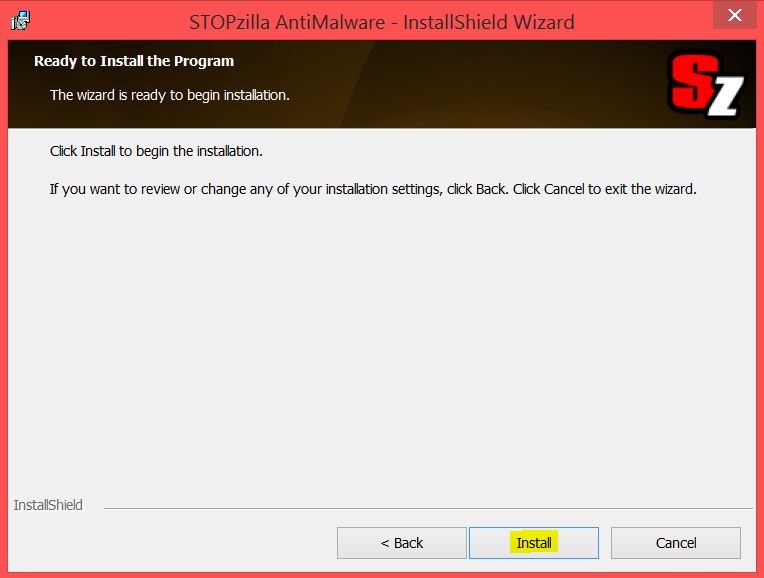
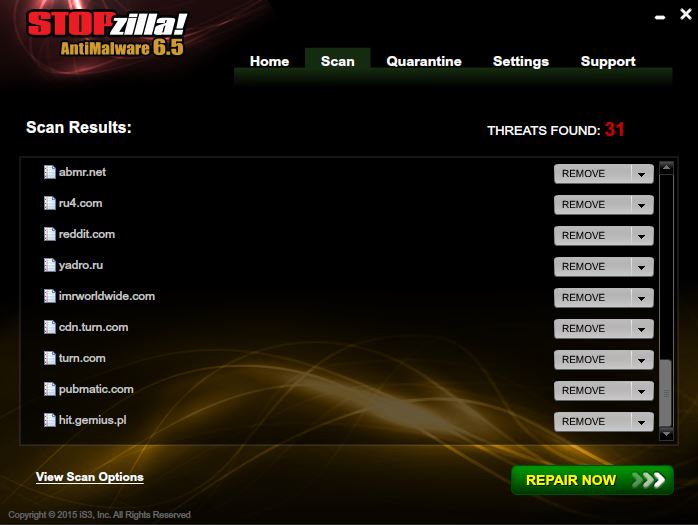

Malwarebytes caught this. Skype is a dangerous program. End of story.